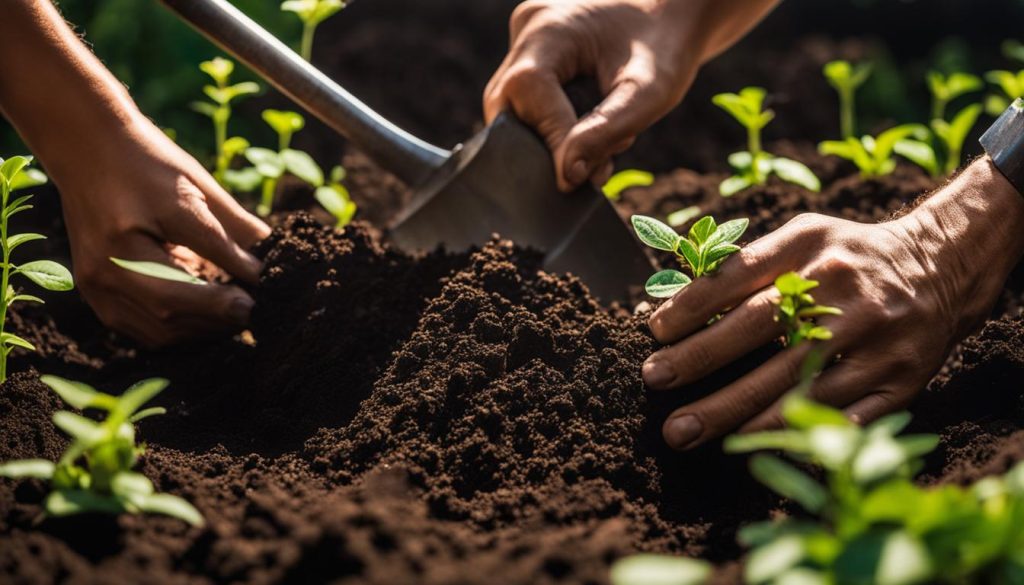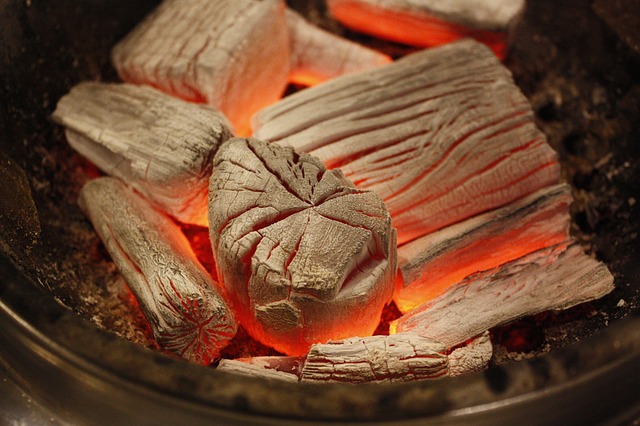Welcome to our comprehensive guide to gardening, perfect for beginners like you who are eager to create and maintain their own beautiful gardens. Whether you have a spacious backyard, a small balcony, or even just a sunny windowsill, gardening is a rewarding and fulfilling hobby that allows you to connect with nature and enjoy the fruits of your labor.
In this guide, we will cover all aspects of gardening, from the basics of garden maintenance to exploring different gardening styles such as organic gardening, urban gardening, flower gardening, vegetable gardening, herb gardening, and container gardening. We will also delve into the art of landscape design, helping you create a visually stunning outdoor space that reflects your personal style.
Where and When to Plant Your Vegetables
Knowing where and when to plant your vegetables is a crucial step in ensuring a successful garden. The location and timing of your plantings can greatly affect their growth and overall productivity. To help you make the most of your gardening efforts, we’ve put together some guidelines and tips on where and when to plant your vegetables.
Planting Location
The first consideration when selecting a planting location is the amount of sunlight your vegetables need. Most vegetables require at least 6 to 8 hours of direct sunlight per day. Therefore, it’s important to choose a spot in your garden that receives adequate sunlight throughout the day. Avoid areas that are heavily shaded or blocked by buildings or trees.
Additionally, you’ll want to take into account the soil drainage of the location. Vegetables thrive in well-draining soil, so it’s important to avoid areas that tend to hold water or become waterlogged. If you have clay soil, consider amending it with organic matter to improve drainage.
Planting Time
Timing is critical when it comes to planting vegetables. Some vegetables are considered cool-season crops and prefer to be planted in early spring or late summer/fall when temperatures are cooler. Examples of cool-season vegetables include lettuce, spinach, carrots, and peas.
On the other hand, warm-season vegetables thrive in the heat of summer and should be planted once all risk of frost has passed. Examples of warm-season vegetables include tomatoes, peppers, zucchini, and cucumbers. It’s important to consult a planting guide specific to your region to determine the appropriate planting dates for each type of vegetable.
Staggered plantings can also be a useful technique to ensure a continuous harvest throughout the season. By planting small amounts of the same vegetable every few weeks, you can extend the harvest period and avoid an overwhelming amount of produce all at once.
Starting a Garden with Great Soil
In order to have a successful garden, it is crucial to start with nutrient-rich soil. Good soil provides the necessary nutrients for healthy plant growth and helps prevent diseases and pests. Whether you are planning to have an in-ground garden or raised beds, proper soil preparation is essential.
To prepare your soil, begin by removing any weeds or debris from the planting area. This will help create a clean and fertile environment for your plants. Next, test your soil to determine its pH level and nutrient content. This will guide you in making any necessary amendments. You can find soil testing kits at your local garden center or contact your county extension office for professional testing services.
Once you have the results of your soil test, you can make the necessary adjustments. If your soil is lacking in nutrients, you can add organic matter such as compost, aged manure, or leaf mold. These organic materials will improve the structure and fertility of your soil. Additionally, they will help retain moisture and promote beneficial microbial activity in the soil. Remember to mix these amendments thoroughly into the top few inches of soil.
If you are using raised beds for your garden, you have the advantage of being able to create a customized soil mix. Use a combination of topsoil, compost, and other organic matter to create a nutrient-rich blend. Raised beds also offer better drainage, which can prevent water logging and root rot.
Tips for soil preparation:
- Remove weeds and debris from the planting area.
- Test your soil to determine pH and nutrient levels.
- Add organic matter such as compost or aged manure to improve soil fertility.
- Thoroughly mix amendments into the top few inches of soil.
- If using raised beds, create a customized soil mix with topsoil and compost.

By starting your garden with nutrient-rich soil, you are setting the foundation for a bountiful harvest. Taking the time to prepare your soil will pay off in the long run, as your plants will receive the necessary nutrients for healthy growth and productivity. Happy gardening!
Beginner Gardening Tools and Supplies
As a beginner gardener, having the right tools and supplies is essential for your gardening journey. With the proper equipment, you can ensure that your plants thrive and your garden flourishes. Here are some basic gardening tools and supplies that every beginner should have:
Garden Gloves
Protect your hands from thorns, sharp edges, and dirt with a pair of sturdy garden gloves. They will keep your hands safe and clean while you work in the garden.
Hand Trowel
A hand trowel is a small, handheld tool with a pointed blade and a handle. It’s perfect for digging small holes, transplanting seedlings, and planting bulbs. Make sure to choose a trowel with a comfortable handle for easy gripping.
Pruning Shears
Pruning shears, also known as secateurs, are used for cutting and trimming branches, stems, and flowers. They are essential for maintaining the health and shape of your plants. Look for a pair of shears with sharp blades and ergonomic handles for effortless pruning.
Watering Can or Hose
Watering your plants is crucial for their growth and survival. Depending on the size of your garden, you can choose either a watering can or a hose. A watering can is ideal for smaller gardens and delicate plants, while a hose with a nozzle provides better coverage for larger areas.
These are just a few of the essential tools and supplies for beginner gardeners. As you gain more experience, you can gradually expand your collection to include other useful items like a garden fork, rake, and shovel. Remember, having the right tools will make your gardening experience easier and more enjoyable.
Conclusion and Next Steps
Congratulations on completing the beginner’s guide to gardening! You’ve learned all the essentials to start your own garden and grow your own fresh vegetables. But your gardening journey doesn’t stop here. There are plenty of next steps you can take to expand your gardening knowledge and continue to improve your skills.
One great way to continue your education in gardening is to explore resources and organizations that offer classes, workshops, and online courses. These resources can provide you with in-depth knowledge on specific gardening topics, such as organic gardening, landscape design, or container gardening. Look for local gardening clubs or botanical gardens that may offer educational programs.
Another way to stay updated on the latest gardening trends and practices is to follow gardening blogs, websites, and social media accounts. These platforms often provide valuable tips, tricks, and inspiration from experienced gardeners. You can also join online gardening communities or forums where you can ask questions, share your experiences, and learn from fellow gardening enthusiasts.
Remember, gardening is a lifelong learning experience. Don’t be afraid to experiment, try new techniques, and learn from both successes and failures. With every season, you’ll become more confident and skilled in your gardening abilities. So, grab your tools and get ready to embark on your exciting gardening journey!






